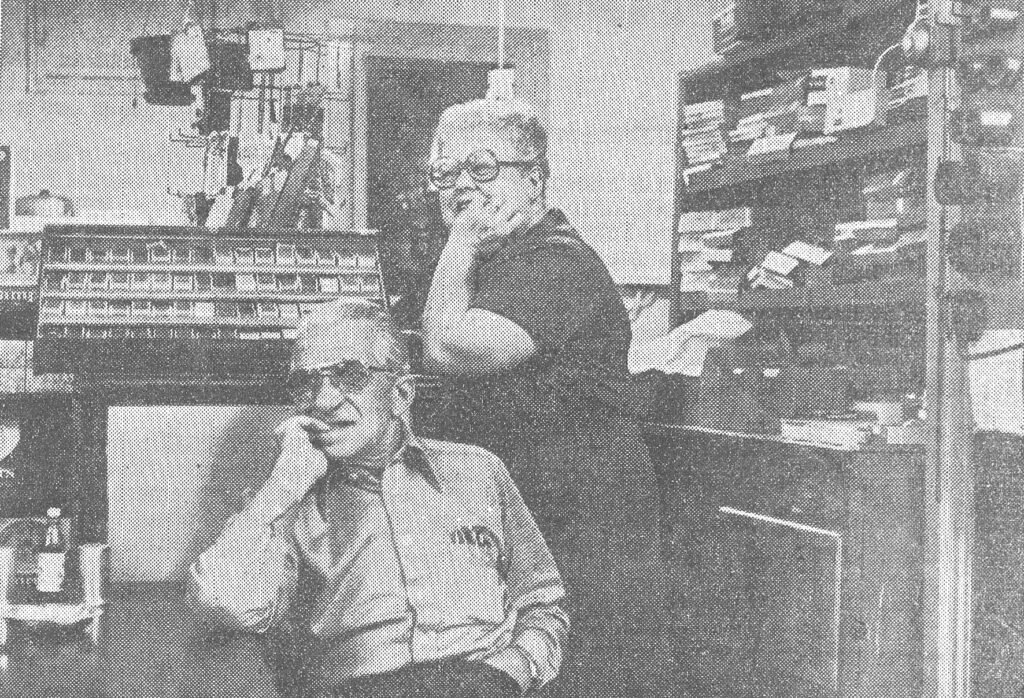Progress on Courthouse Restoration
The Courthouse restoration progressed beautifully with an estimated opening of late January 2007. During the work, part of an 1879 interior wall was removed. The bricks from this wall were saved for fundraising possibilities. A historic displays committee consisting of Gail Holman, Tim Henson, Nancy Bellar, Emerson Meggs, David Allen, and Yolanda Reid actively worked on plans for photos and historic items to be placed in the newly restored Courthouse.
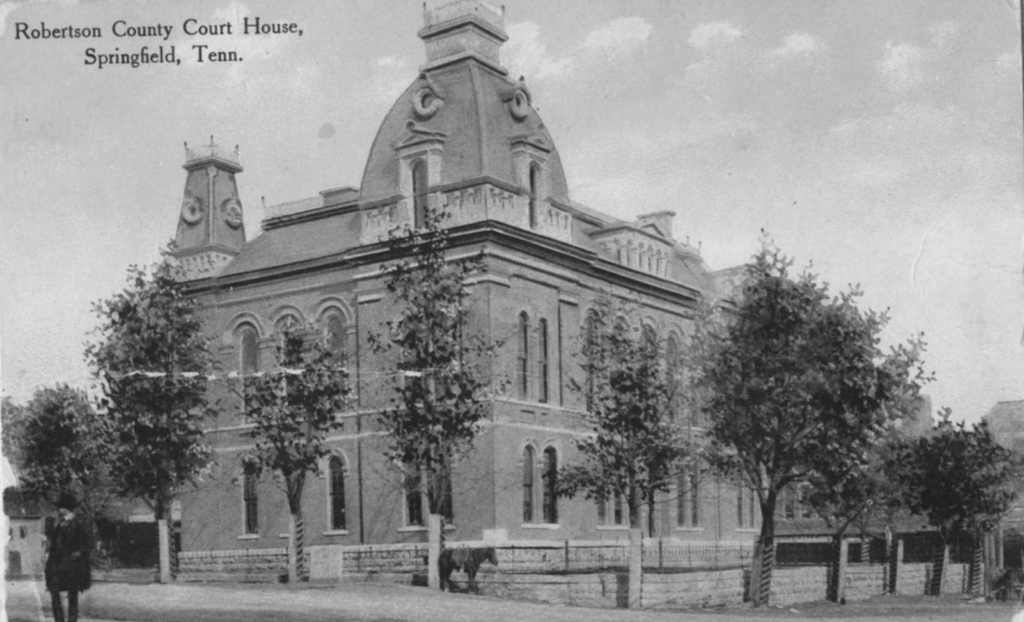
1879 Courthouse Bricks Available
To help fund this project, the 1879 bricks went on sale to the public on Monday, September 4th. The cost was $30 per brick and included a postcard reproduction of the 1879 building. Bricks were available at the Robertson County Archives, located at 504 S. Willow Street in Springfield. The Archives operated Monday through Friday from 8 am to 4 pm. Payment was accepted by cash or check; credit cards and telephone orders were not accepted. The goal was to sell all 900 bricks during September. This was a definite limited edition item – there were only 900 bricks.
Quilt Project at the Robertson County History Museum
A pieced quilt top was acquired by the Robertson County Historical Society. It was displayed on a quilting frame at the Robertson County History Museum. Volunteers (quilters and would-be quilters) were needed to accomplish the quilting of this top into a finished product. When the project was completed, it was intended to be used as a fundraiser for the Historical Society. Interested individuals could call (615) 382-7173. Needles and thimbles were provided!

Whatever Happened to Green Stamps?
A generation of Americans grew up with them, Andy Warhol immortalized them in his art, and consumers redeemed more than $10 billion in rewards with them. S&H Green Stamps were all the rage, and everywhere you looked, America was collecting them. In the 1960s, the S&H catalog became the largest publication in the country, and S&H printed three times as many stamps as the U.S. Post Office.
The History of Green Stamps
Green Stamps were eventually adapted to the digital age. Sperry & Hutchinson, distributor of S&H Green Stamps, was probably the most popular of quite a few competing stamp companies. Sperry & Hutchinson began offering stamps to retailers back in 1896. The retail organizations bought the stamps from S&H and gave them as bonuses with every purchase based on the amount spent. The more you bought, the more stamps you received. Eventually, customers saved enough stamps to visit the redemption center and trade them for merchandise. S&H made their money by selling the stamps to retailers. The trade-off for the retailers was in customer loyalty. Customers flocked to stores that gave stamps. Some of the local area retailers that participated in the program were the Red Ace Gas Station in Greenbrier and the Spur Station on S. Main Street in Springfield. It was an extremely successful program. It was estimated that 80 percent of US households collected stamps of one sort or another, creating an annual market for S&H alone of about $825 million.
Different Types of Stamps
In addition to S&H Green Stamps, other competing companies offered their versions, including:
- Orange
- Yellow
- K&S Red
- Pinky
- Blue Chip and Plaid
- Top Value
- Mor-Valu
- Shur-Valu
- Big Bonus and Double Thrift
- Buckeye
- Buccaneer
- Two Guys
- King Korn
- Eagle
- Regal
Consumers could trade in these stamps for a wide range of items, from toasters to life insurance policies. In one notable case, a school in Erie, Pennsylvania saved up 5.4 million Green Stamps to purchase a pair of gorillas for a local zoo.
The Decline and Evolution of Green Stamps
Stamp programs faded away during the recession of the 1970s. Sperry and Hutchinson was sold by the founders’ successors in 1981 and was purchased from a holding firm by a member of the founding Sperry family in 1999. By that time, only about 100 stores were still offering Green Stamps. The company later attempted a comeback with the rise of the Internet, introducing “greenpoints” as rewards for online purchases at Greenpoints.
Redeeming Old Green Stamps
For those who kept boxes of Green Stamps tucked away in attics, redemption options were available for some time. These stamps could be traded in for either cash or merchandise. The cash value of 1,200 stamps was $1.20, though it is uncertain if this option remains available today.
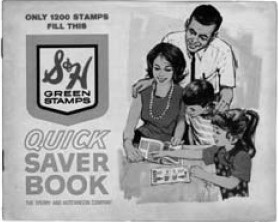
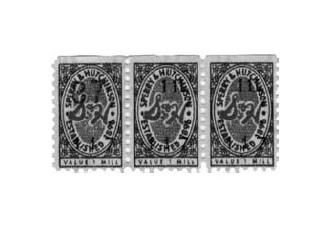
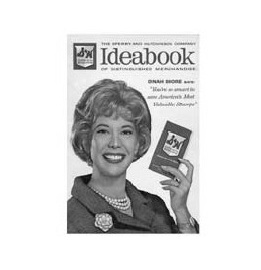
L-R: S & H Green Stamps Quick Saver Book, 1964 Green Stamps, 1962 Ideabook
Milldale Couple Runs ‘Dream’ Store
The Story of D. E. West’s Grocery & Hardware
(Reprinted from THE TENNESSEAN, Tuesday, March 11, 1980)
D. E. West had a lifelong dream of opening his store. However, his plans were delayed when he was taken prisoner by the Germans for four months during the Battle of the Bulge in 1945. Despite this, 35 years later, D. E. West Grocery & Hardware became a reality in the small town of Milldale, Tennessee.
Milldale, a town of approximately 40 residents, several dogs, and a lot of cows, lacked a town hall, mayor, police station, or fire hall. However, it had Mr. and Mrs. West, who had been serving the farm community for over 30 years.
Memorable Moments at the Store
Mr. West recalled a robbery 27 years ago and a recent incident where someone stole soft drink bottles. Celebrities had also visited, including a man named Bubbles from New Orleans, who played the piano in exchange for cash. Rep. Albert Gore Jr. once stopped by the store to make a phone call, which Mrs. West fondly remembered.
Community and Traditions
Once a week, the Wests traveled to Nashville for groceries and supplies. Despite these trips, they hadn’t taken a “real vacation” for as long as they could remember.
Over the years, purchasing habits changed. Farmers transitioned from buying large quantities of supplies on long credit terms to purchasing in smaller amounts with shorter credit periods. Federal government support helped stabilize farmers’ cash flow, reducing their reliance on delayed crop income.
A Gathering Place for Locals
The store served as a social hub for the community. Farmers gathered daily to chat over Coca-Cola or chewing tobacco. The Wests chose not to sell beer, preferring to avoid the trouble that sometimes accompanied it.
As one local described it, D. E. West’s Grocery & Hardware was the “social center” of Milldale. The store’s busiest days occurred whenever there was a funeral across the street, a time when the shop bustled with activity.
